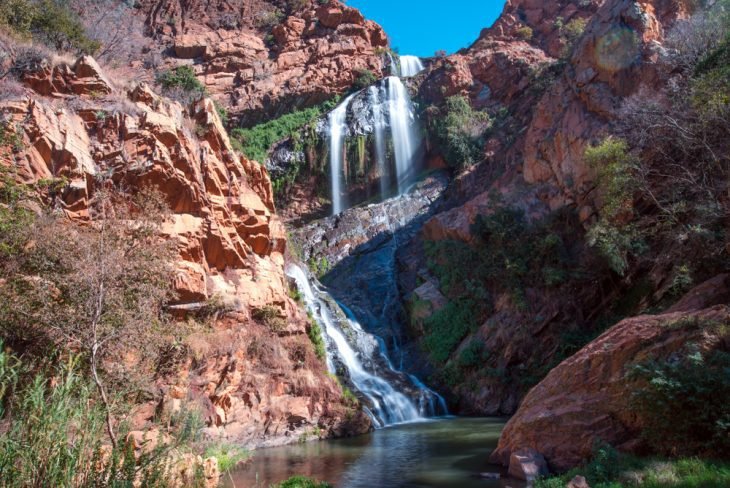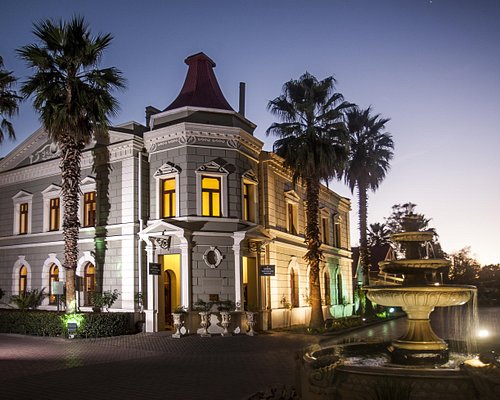Some Known Details About Johannesburg North Attractions
Some Known Details About Johannesburg North Attractions
Blog Article
An Unbiased View of Johannesburg North Attractions
Table of ContentsJohannesburg North Attractions Can Be Fun For AnyoneJohannesburg North Attractions - QuestionsThe 8-Minute Rule for Johannesburg North AttractionsHow Johannesburg North Attractions can Save You Time, Stress, and Money.Johannesburg North Attractions - The FactsWhat Does Johannesburg North Attractions Mean?
The city owes its place to the existence of a much more valuable resource: gold. The city expanded on the edge of the Witwatersrand Key Reef, a subterranean stratum of gold-bearing quartz-silica empire that arcs for numerous miles underneath the Highveld. The majority of the gold mines in the city ceased procedure in the 1970s, yet in its day the Witwatersrand gold sector represented more than 40 percent of the globe's annual gold manufacturing.Johannesburg has a temperate environment. Summer season temperatures balance regarding 75 F (24 C); wintertime temperatures balance regarding 55 F (13 C) and only periodically dip below cold. The city enjoys concerning eight hours of sunshine per day in both winter months and summertime. Rain averages about 28 inches (700 millimetres) per annum, but the overall varies considerably from year to year.
What rain the city obtains falls nearly exclusively in the summer season, typically in spectacular late-afternoon electric tornados. Air pollution presents a substantial issue, specifically in the winter months, when thermal inversions hamper the westward circulation of air from the Indian Sea. Pollution is most serious in the largely settled Black municipalities on the city's perimeter, where many citizens still count on coal for fuel.

Fascination About Johannesburg North Attractions
The balance of the city is inhabited by whites. Holiday accommodation varies in personality and top quality.
Physical growth, although somewhat limited by transport, proceeded promptly as immigration to South Africa, and Johannesburg in specific, increased significantly. This issue was addressed in the 1930s when the auto was introduced in mass production to South Africa. Vehicles were, generally, restricted to the affluent, and permitted them to relocate to the north of the city and commute into the centre.
Most inadequate residential areas were blended, with poor blacks and whites living together, although the wealthy residential areas were generally scheduled for whites. This altered with the election of the National Party in the 1948 political elections, who began to formalise the system referred to as racism. Racism officially assigned which suburbs each race can live in under the Team Locations Act.
The previous system of eleven phoned number regions was reorganised in 2006. Marshalltown, as seen from the top of the Carlton Centre. The M1 and M2 run behind the structures, and the southerly suburban areas extend past the highway border. The central city of Johannesburg lies within the city's Region F. The number of individuals living in the inner city on a casual basis is unknown, as many are prohibited immigrants. The joblessness, education, and age accounts of the location are all unidentified, due to the problem of getting trusted details regarding the location.
The Facts About Johannesburg North Attractions Revealed
Yeoville and Bellevue have a mix of apartment and single domestic units on tiny lots. The area is located on a mountainous divide that runs from east to west. The most index noticeable geographic you could try here function is Observatory Ridge, which is named for the huge observatory located on it. The recreational spaces are no much longer made use of, due to safety and security problems.

The Best Guide To Johannesburg North Attractions
The eastern suburbs are some of the oldest locations of Johannesburg, there are big areas of Jewish and other European backgrounds, the bulk of the population is English talking. There are three golf programs as well as a number of secured ridges with viewsites.
Initially developed to house male migrant employees, numerous have actually been improved as houses for pairs and families. The suburb was not historically enabled to develop work centres within the location, so almost all of its locals are commuters to various other components of the city.
The 9-Second Trick For Johannesburg North Attractions
The N1 Western Bypass attaches the north residential areas with the north-western residential areas. The household locations in the north residential areas are generally official, without any considerable areas of informal real estate, or real estate that does not have a permanent framework. Although this is a recognized area, there is a trend of land usage modification from original site domestic to commercial, specifically along primary arterial roadways and around well-known nodes.
The area is well attached to road networks, particularly along the north-south axis formed by the M1 and N1. Roads to the eastern and west are less well created, as there are no freeways travelling because instructions. In the direction of the northern boundary of the city, the density of development reduces, leaving large areas of untaught land around Midrand.
An Unbiased View of Johannesburg North Attractions
, which is situated on a hill ignoring the inner city and Hillbrow.
Report this page